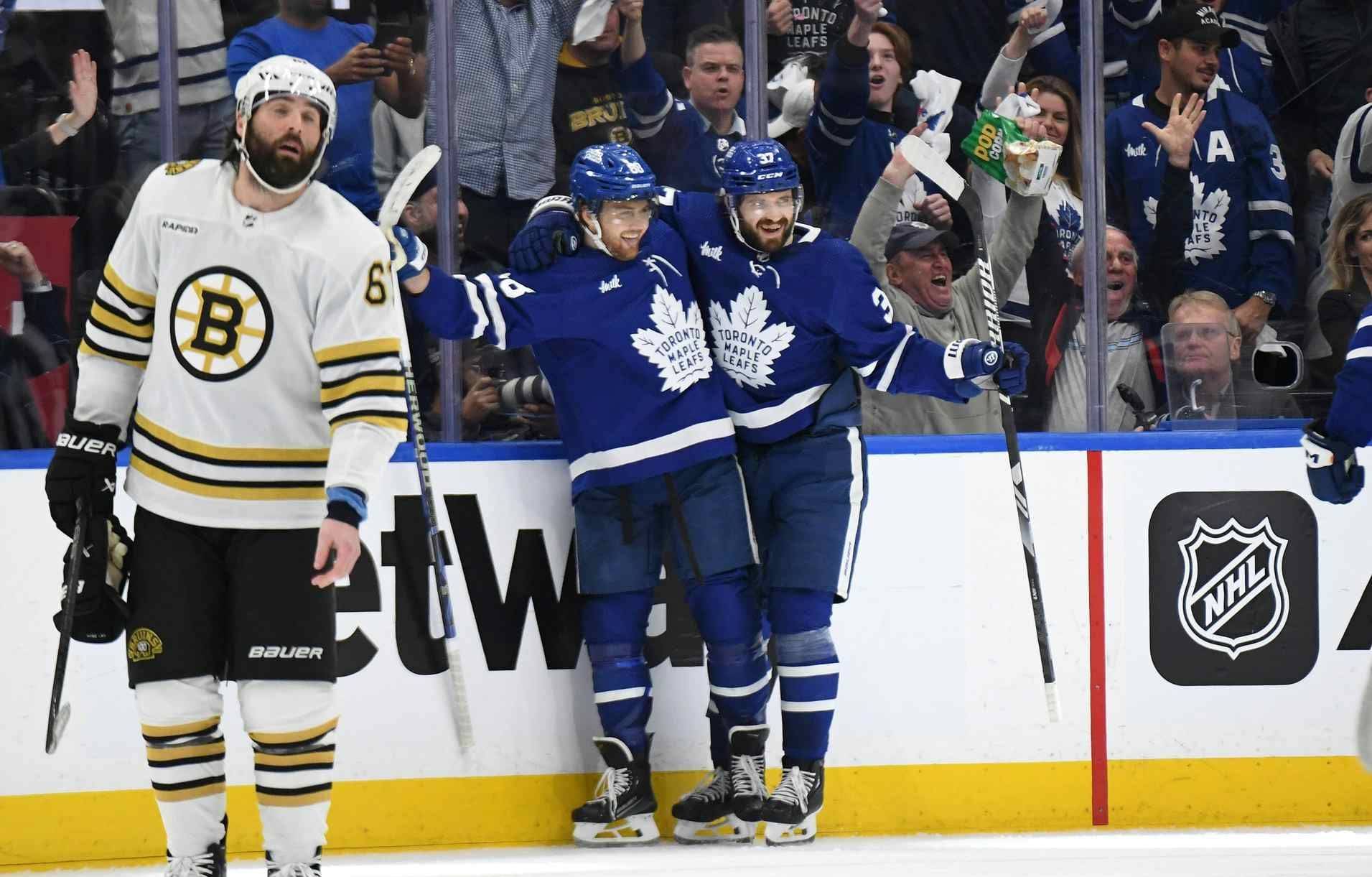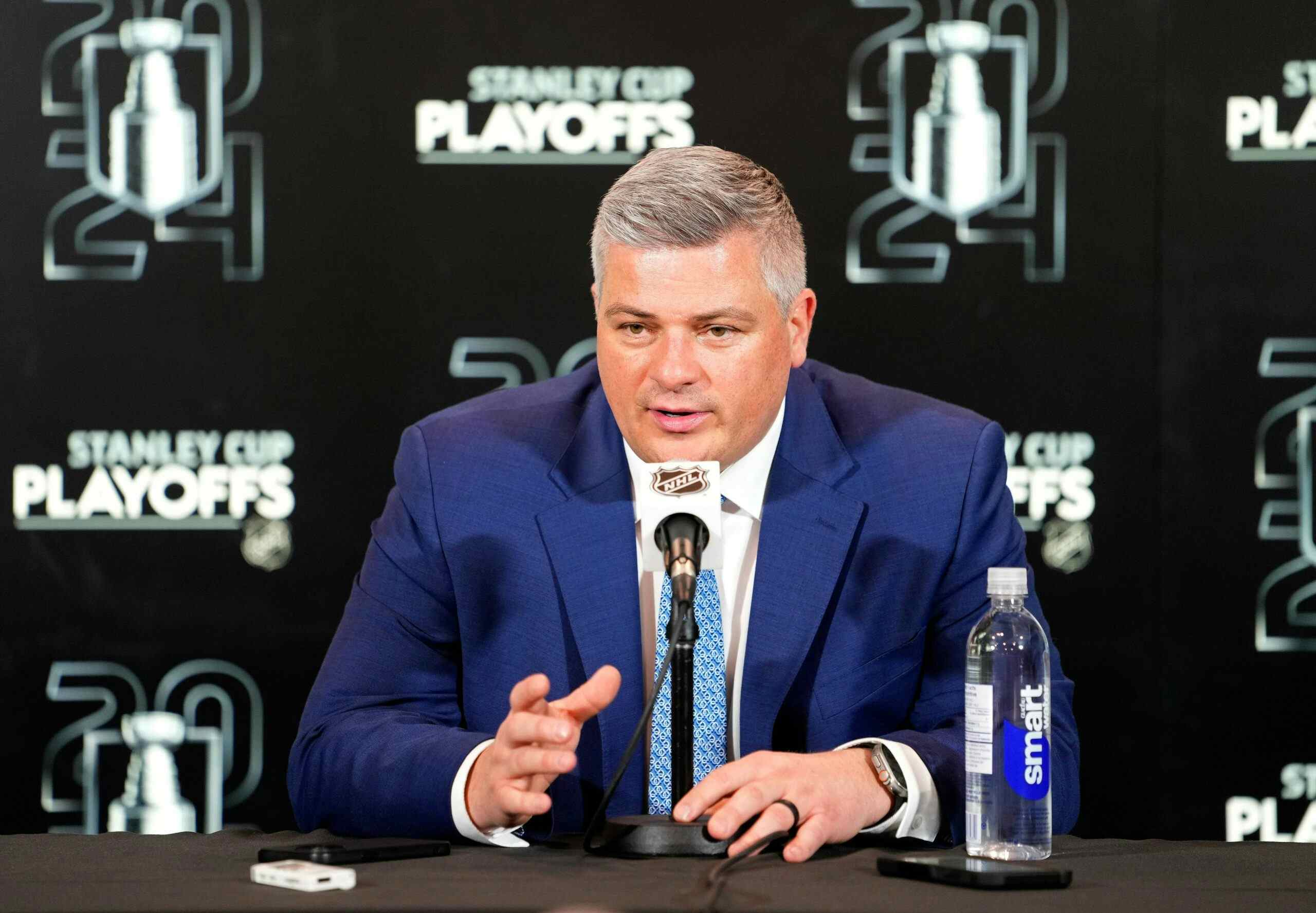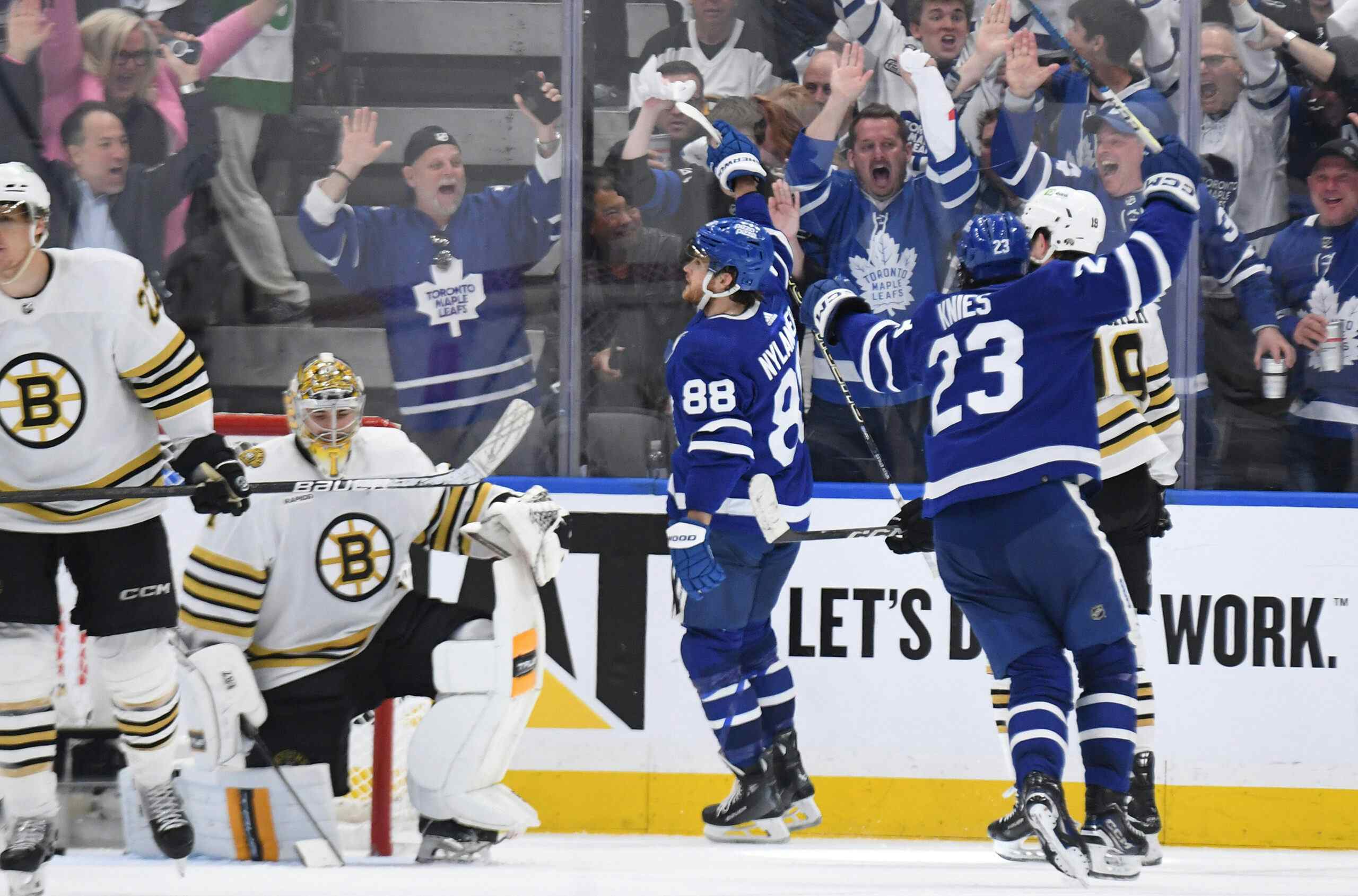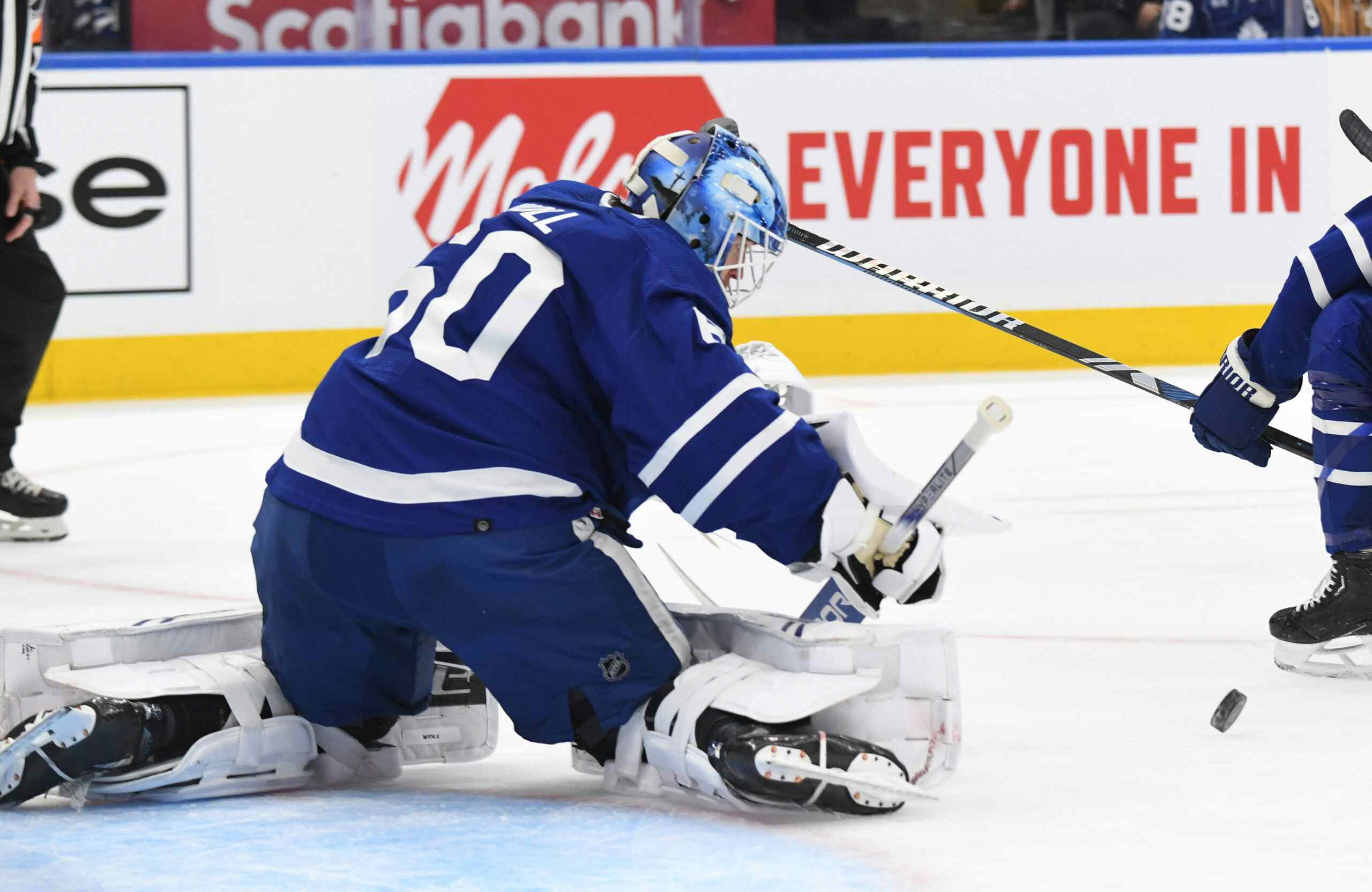Lockout talk: the importance of revenue sharing
By Cam Charron
11 years ago
The only thing we have to Fehr is Fehr itself.
We won’t start the NHL regular season on time. This isn’t exactly any new information. If you’ve been following the NHL’s labour situation in any capacity, you’d see that there are two divides in the the hockey business world. The first is between the players and the owners. When those two sides came to the current agreement in the summer of 2005, everybody inside hockey was discussing the “partnership”. The players would play and make the owners money, and the more money the owners made, the more of that the players would see.
And it has worked out. The salary cap has jumped from roughly $42M to roughly $70M over the span of just seven years thanks to skyrocketing revenues. The problem for the owners is the revenue divide. While the league may be profitable as a whole, this is due to the top 12 or so teams who generate a huge portion of the revenue. The clubs do not share revenue on the same level as they do in Major League Baseball or the National Football League.
So, to make up the cost, the owners expect the players to cover the difference by taking a smaller portion of revenue. The players would prefer for the big teams to share the money with the small teams.
We’ve hit the point of no return. Collective bargaining was in the news yesterday because NHL commissionner Gary Bettman finally said something interesting, that the NHL was not prepared to play a season under the current agreement. Bettman works for 30 owners, who seem to think that it’s a benefit for them to miss games instead of playing another season in such a disproportionate system.
From the above story:
“We’re not prepared to have another season under this collective bargaining agreement,” Bettman said. “So we need a new collective bargaining agreement, and that’s what we’re focused on doing.”…[T]he owners’ main financial goal is controlling costs of player contracts, as evidenced by their proposal to cut the players’ share of hockey-related revenues from 57 percent to 46 percent. Doing so would appear to be fixing the symptoms (small-market teams struggling to keep up with the spending ability of their big-market brethren), rather than the disease (the ability of the big-market teams to consistently access better revenue streams, creating that advantage).
There’s quite a bit of meat in that story (if you aren’t following @jessespector‘s coverage of the labour situation, you’re doing it wrong. He’s provided very fair opinions). The scary thing is that Bettman admitted the league’s initial proposal had “actually very similar” revenue sharing to the current agreement that expires September 15.
Revenue sharing
That’s an interesting quote from Bettman, because about a week ago, the NHL claimed that they were seeking greater revenue sharing. The NHL doesn’t have the TV contracts of the NFL or MLB, a key component of those leagues’ revenue sharing policies. Of course the New York Rangers aren’t going to share ticket sales with the Phoenix Coyotes, but they may have to to ensure survival of a 30-team league.
A team that makes a lot of money has a sizeable advantage when it comes to making the playoffs or signing players to rich contracts. There are exceptions, of course, but for the most part it’s easier for a team like Philadelphia to rebuild than a team like Columbus. To be eligible for revenue subsidies, teams must be from small markets but meet certain attendance goals. The overall system is pretty messy, but it doesn’t have a tremendous effect on bringing teams like Phoenix or the New York Islanders out of revenue hell.
So… as fans, we wait. It would be naive to say that the current system is good enough because both the players and league already make so much money. There are too many teams that simply can’t afford to compete, and continuing with the current system would further widen the gap.
Unlike the last lockout, where the NHL demanded a salary cap, that was seen as a non-starter for the NHLPA. There are no non-starters this time around. The problem is the revenue gap between the large market and small market teams, and all they need to agree upon is how much responsibility each side will take for it. The NHL doesn’t really care about the first few months of the season when they compete on weekends against college and NFL football, but the Winter Classic has become an important event for them.
I’d expect we see hockey by late December, but don’t hold your breath that you won’t be forced to watch *gulp* baseball in October because nothing else is on.
Recent articles from Cam Charron





